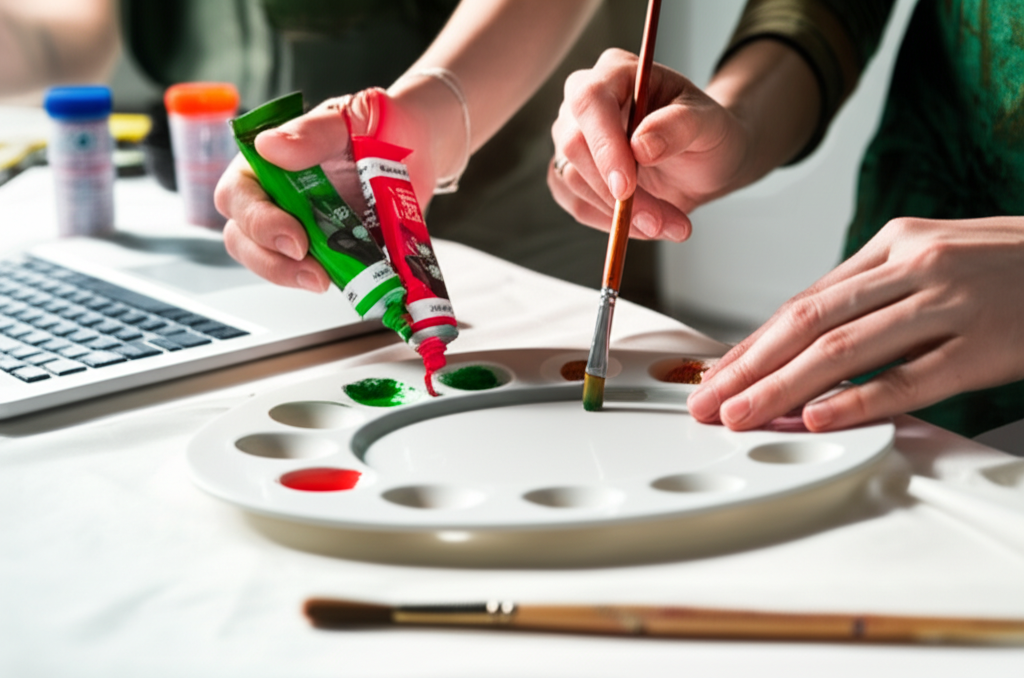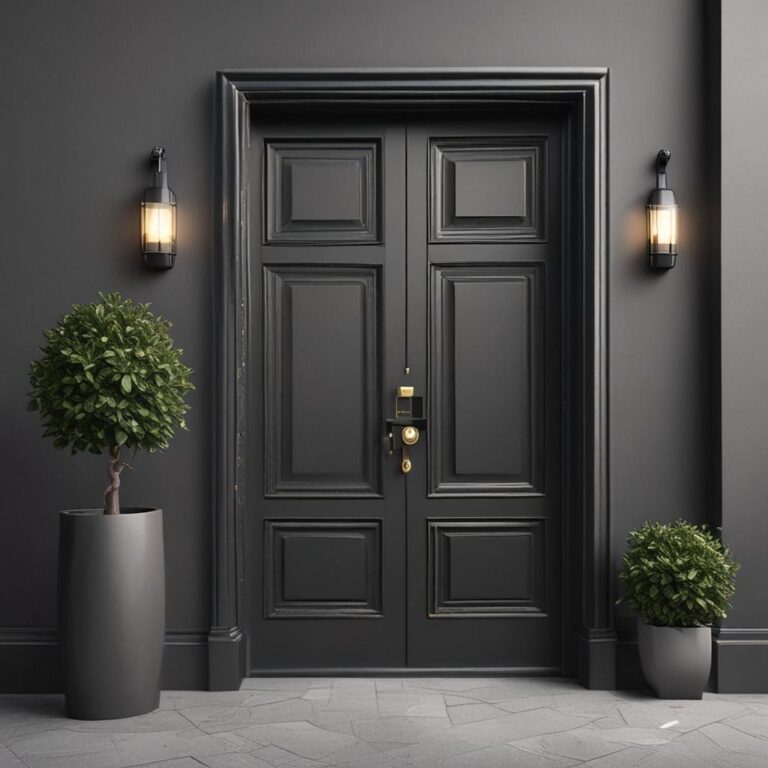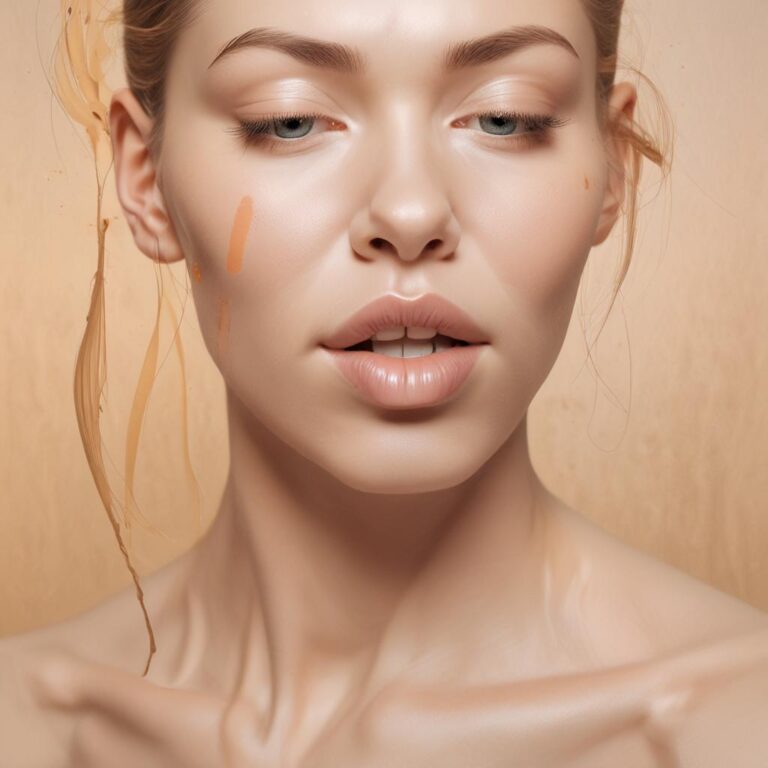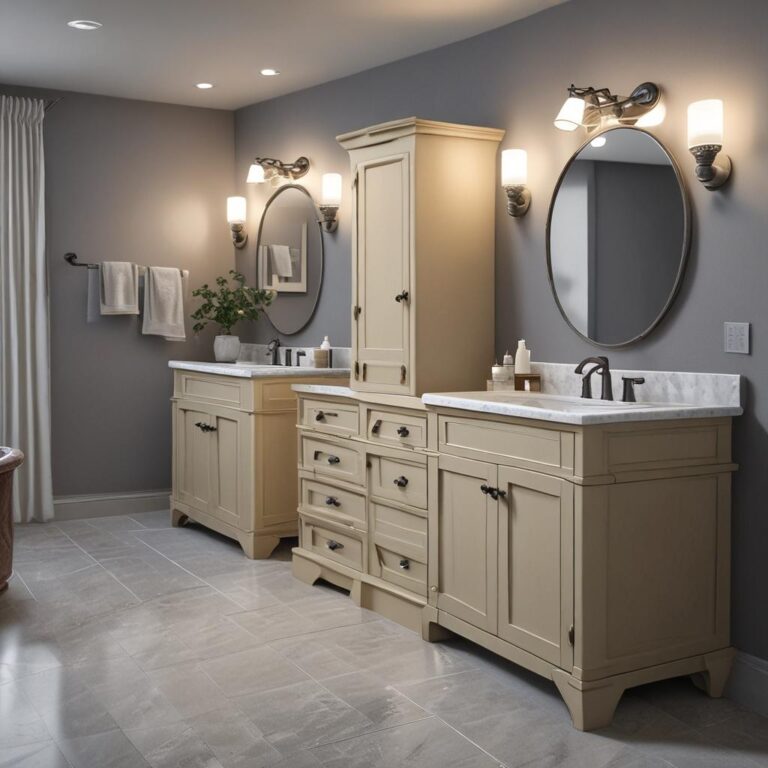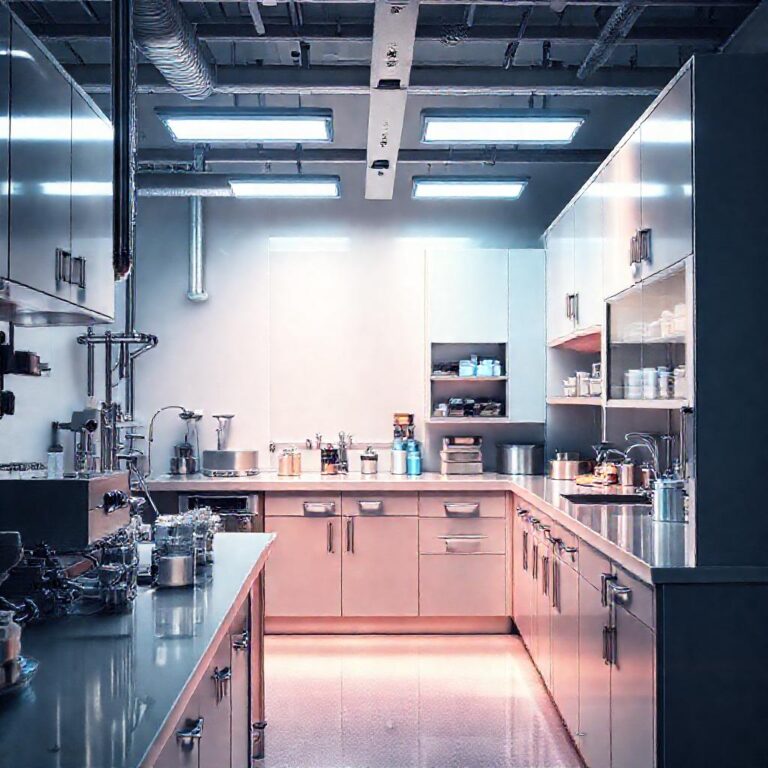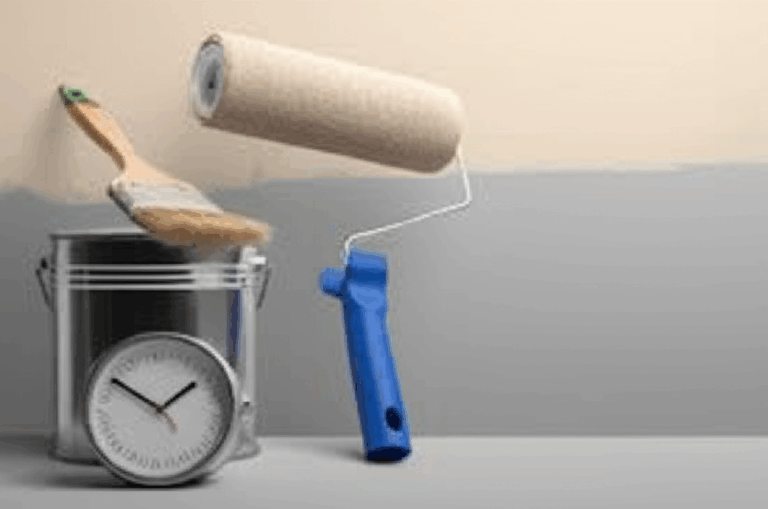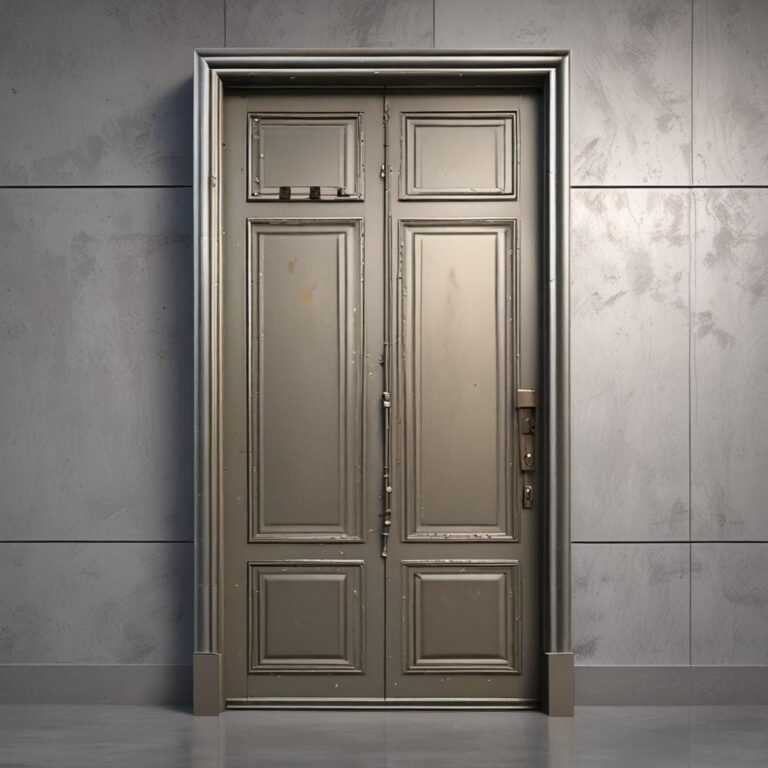How to Make Brown Paint
Brown paint is a versatile and essential color in the world of art and design. Whether you’re painting a serene landscape, adding depth to a portrait, or working on a DIY home decor project, brown provides an earthy, grounded tone that can enhance any creation. While it’s easy to buy brown paint, mixing your own allows for endless customization and creativity. By combining primary or complementary colors, you can achieve the perfect shade of brown for your needs. This guide will walk you through the process of making brown paint, offering tips and techniques to help you master this skill.
Understanding the Color Brown
What Makes Brown a Unique Color?
Brown is a neutral, earthy color that evokes a sense of warmth, stability, and connection to nature. It’s commonly used in art to depict wood, soil, and other natural elements, and in design, it adds a cozy, timeless feel to spaces. Psychologically, brown is associated with reliability and simplicity, making it a popular choice for both artistic and practical applications.
The Science of Mixing Brown
Brown is created by combining primary colors (red, blue, and yellow) or complementary colors (colors opposite each other on the color wheel, like red and green). This process is rooted in color theory, which explains how colors interact and blend. By understanding these principles, you can mix brown paint with precision and creativity.
Methods to Make Brown Paint
Mixing Primary Colors
To make brown using primary colors, mix red, blue, and yellow in equal parts. Start with small amounts of each color on your palette and adjust the ratios until you achieve the desired shade. For example, adding more yellow will create a warmer brown, while more blue will result in a cooler tone.
Using Complementary Colors
Another effective method is mixing complementary colors. For instance, red and green, blue and orange, or yellow and purple can be combined to create brown. Experiment with different ratios to find the perfect balance and avoid overly muted tones.
Adding Black or White to Adjust Shades
Once you’ve created your base brown, you can adjust its shade. Add a small amount of white to lighten the color or black to darken it. Be cautious when using black, as it can easily overpower the mixture.
Mixing Pre-Made Colors
If you want to simplify the process, combine pre-made colors like orange and blue or red and green. This method is especially useful for beginners and ensures consistent results.
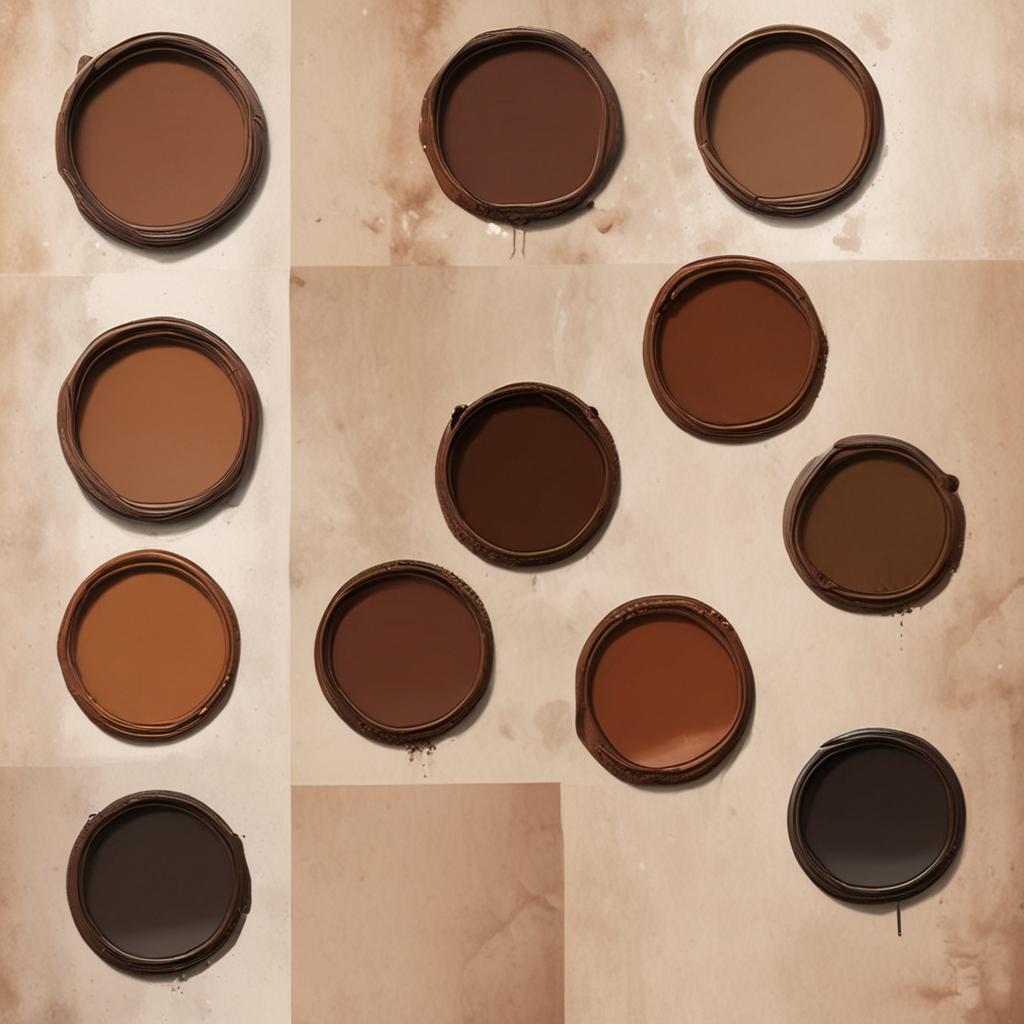
Tips for Perfecting Your Brown Paint
Experimenting with Ratios
Don’t be afraid to experiment with different color ratios to create unique shades of brown. Each variation can add depth and character to your work.
Using Quality Paints
High-quality paints mix more evenly and provide richer, more vibrant results. Invest in good materials to elevate your creations.
Testing on a Palette
Always test your mixed paint on a palette before applying it to your final surface. This allows you to make adjustments and ensure the color is just right.
Creative Applications of Brown Paint
In Art and Painting
Brown is a staple in art, used to create shadows, depict natural elements, and add warmth to compositions. It’s particularly effective in landscapes, portraits, and abstract pieces.
In Home Decor
In interior design, brown paint can create a cozy, inviting atmosphere. Use it for accent walls, furniture restoration, or DIY decor projects.
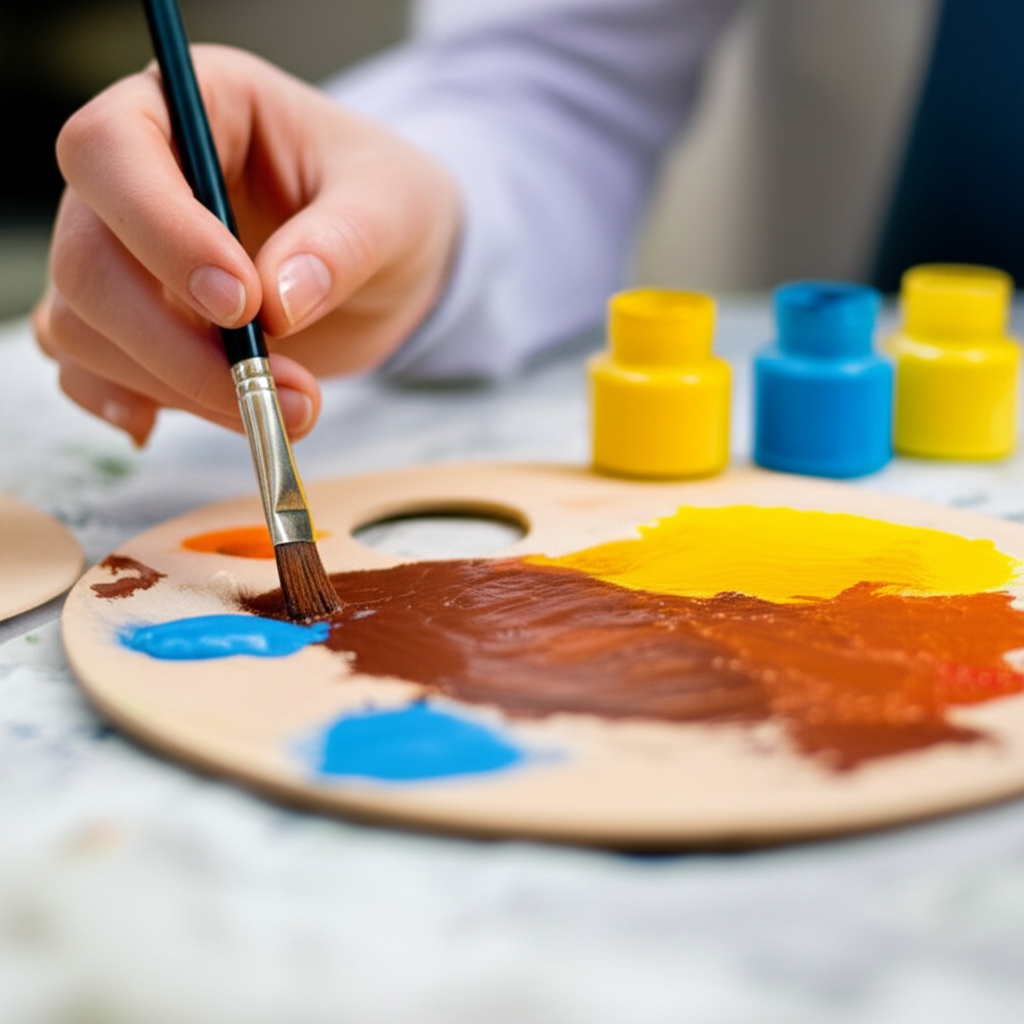
In Craft Projects
Brown paint is also ideal for crafts like woodworking, pottery, and seasonal decorations. Its versatility makes it a must-have for any creative project.
Conclusion
Mixing brown paint is a simple yet rewarding process that opens up endless creative possibilities. By understanding color theory and experimenting with different methods, you can achieve the perfect shade for your needs. Whether you’re an artist, designer, or DIY enthusiast, brown paint is a valuable addition to your toolkit. So, grab your paints, start mixing, and let your creativity flow!
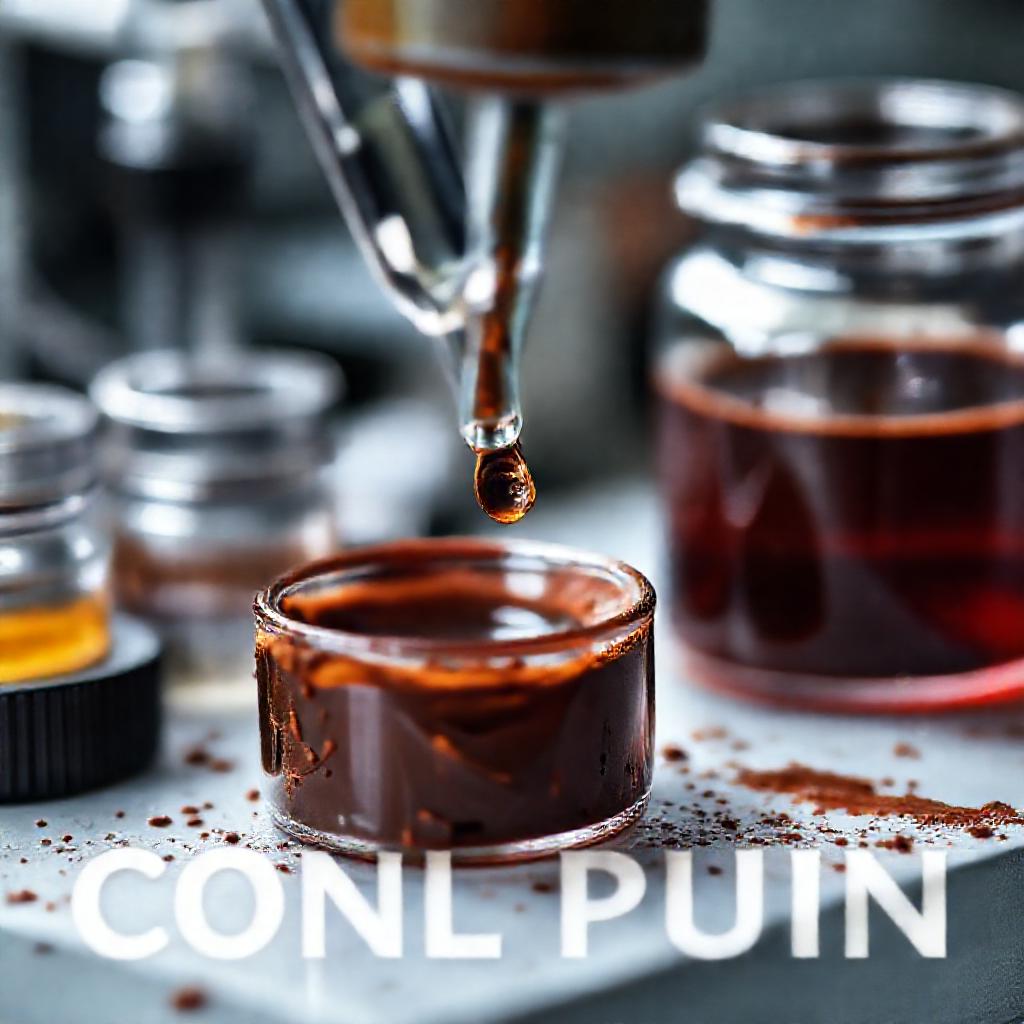
FAQ Section
What are the easiest colors to mix to make brown?
The simplest methods are mixing red, blue, and yellow or complementary colors like red and green.
Can I make brown without using blue?
Yes, you can use complementary colors like orange and green to create brown without blue.
How do I make a lighter or darker shade of brown?
Add white to lighten or black to darken the brown paint.
What if my brown paint looks too muddy?
Adjust the ratios of the colors you’re mixing and avoid over-muting the tones.
Can I use acrylic and oil paints to make brown?
Yes, the same color mixing principles apply to both acrylic and oil paints.

